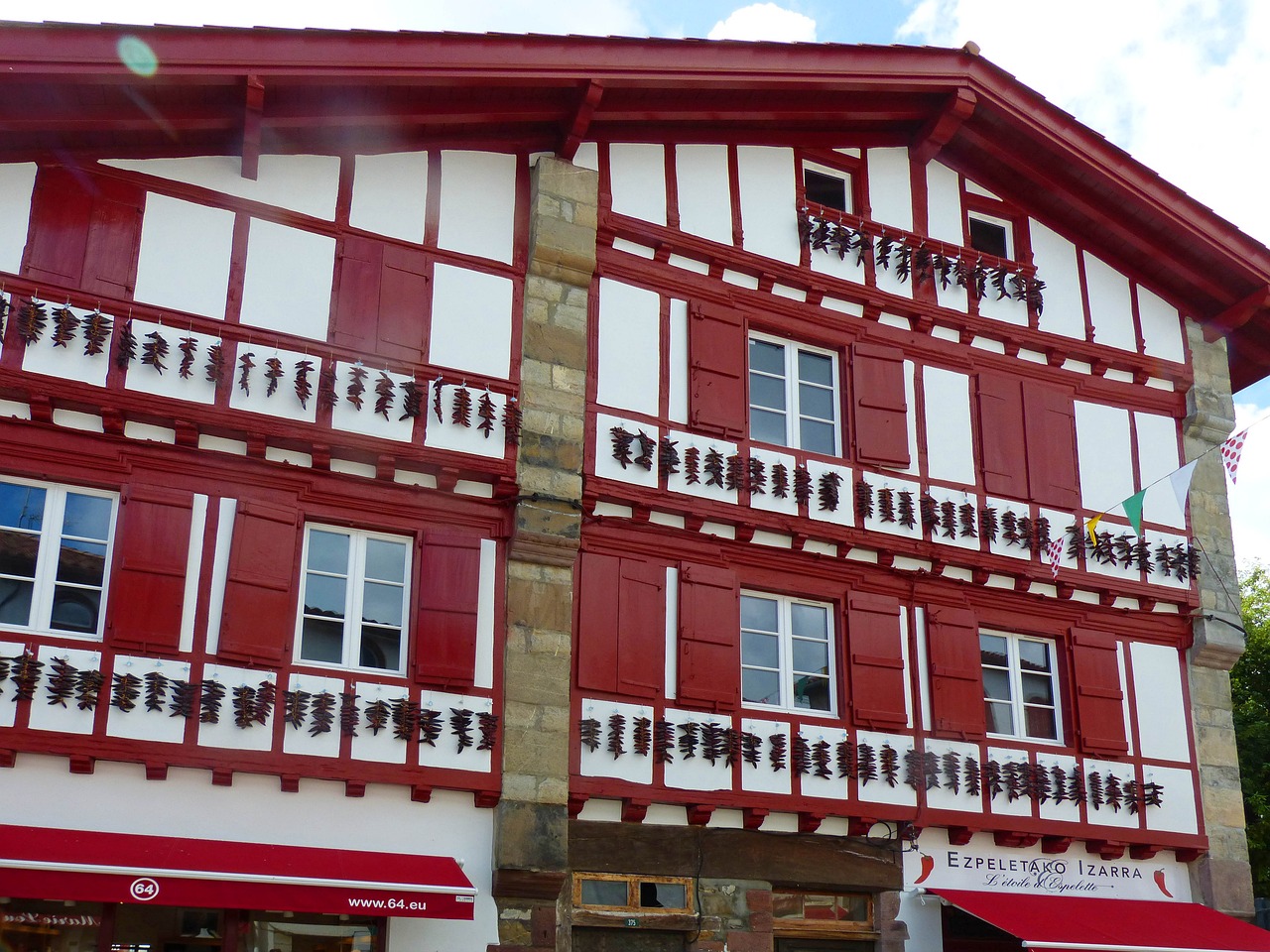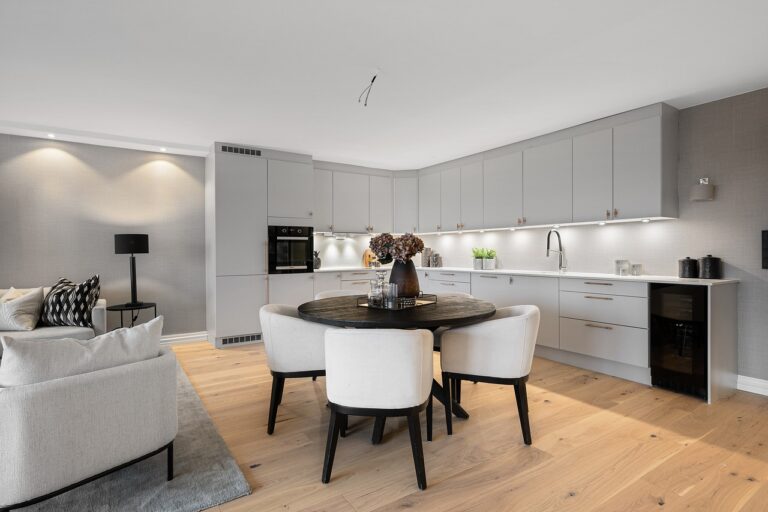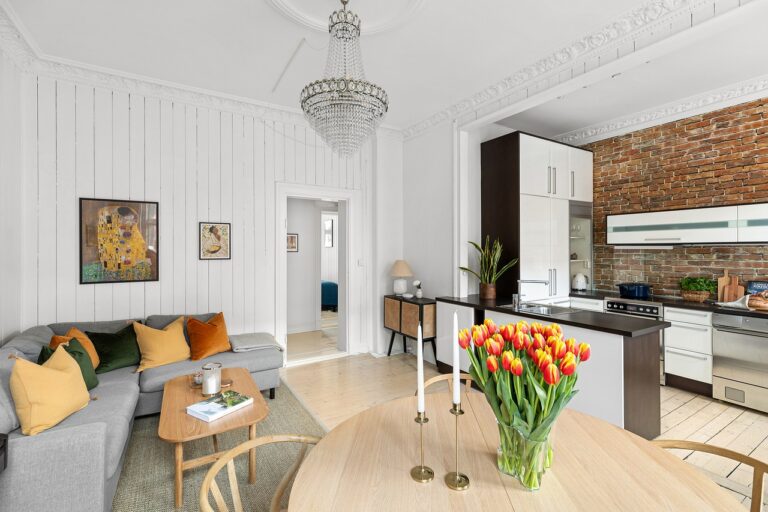Renovating Historic Homes: Balancing Preservation and Modernization
Renovating a historic home can present a myriad of challenges that require careful consideration and planning. One of the primary obstacles is adhering to strict regulations and guidelines set forth by heritage preservation organizations and local authorities. These regulations often dictate specific materials, techniques, and styles that must be used in order to maintain the historical integrity of the property.
Another common challenge faced when renovating historic homes is finding skilled craftsmen and contractors who are experienced in working with older structures. These homes often feature unique architectural elements and building methods that may not be familiar to modern builders. As a result, it can be difficult to find professionals who have the expertise required to tackle the complexities of renovating a historic property.
Understanding the Historical Significance
When renovating a historic home, it is crucial to delve into the historical significance of the property. An in-depth understanding of the architectural style, materials used, and cultural context of the time period can guide renovation decisions. By recognizing the unique features that contribute to the historical value of the home, homeowners can ensure that any modifications respect and preserve its heritage.
Historical significance extends beyond the physical aspects of a home and encompasses the stories and memories associated with it. Researching the previous owners, significant events that took place within the walls, and the overall historical context of the neighborhood can provide invaluable insight. This knowledge not only enriches the renovation process but also allows homeowners to honor the legacy of the home and its place in history.
Finding the Balance Between Preservation and Modernization
When renovating a historic home, one of the key challenges is finding the delicate balance between preservation and modernization. It is essential to respect the historical significance of the property while also making necessary updates to meet current living standards. Striking this balance requires thoughtful consideration and a deep understanding of the home’s unique features and architectural elements.
Preservation efforts can include restoring original materials, maintaining historical layouts, and preserving any significant features that contribute to the property’s character. On the other hand, modernization may involve updating infrastructure, incorporating energy-efficient solutions, and adapting spaces to better suit contemporary lifestyles. Achieving harmony between these two objectives is crucial in ensuring that the property retains its historical integrity while also meeting the needs of its present occupants.
What are some challenges that homeowners face when renovating historic homes?
Some challenges include navigating strict preservation guidelines, maintaining the historical integrity of the home, and addressing potential structural issues while preserving the original design.
How can homeowners understand the historical significance of their property before renovating?
Homeowners can conduct research on the history of their property, consult with local historical societies or preservation organizations, and consider hiring a historian or preservation architect for guidance.
How can homeowners find the balance between preservation and modernization when renovating a historic home?
Homeowners can prioritize preserving key historical features, use period-appropriate materials and techniques, and carefully integrate modern amenities in a way that respects the original design of the home. Consulting with preservation experts can also help in finding the right balance.







